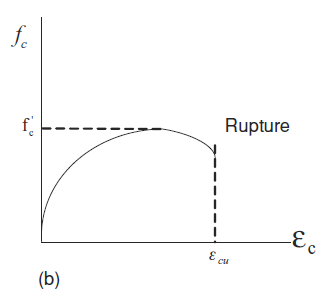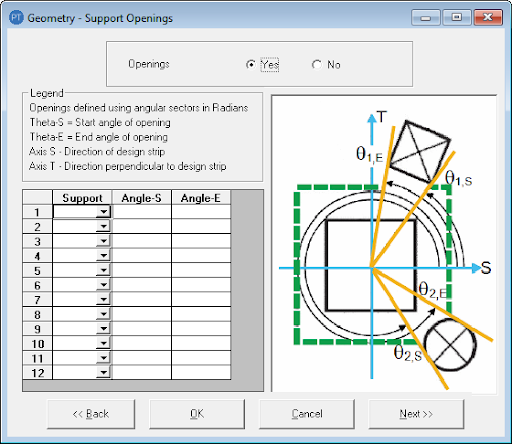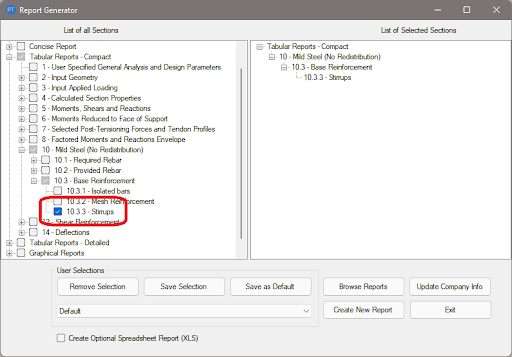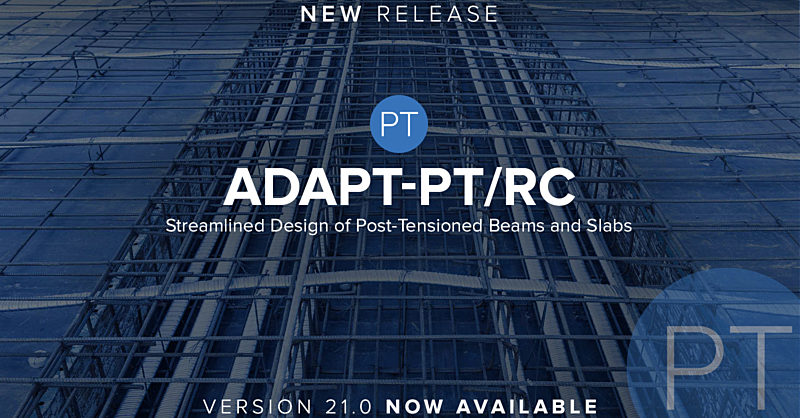Products
Learn
Support
Company
ADAPT-PT/RC has been updated to include the latest Australian - AS3600 (2018) concrete design code. The provisions in this design standard that have been included in ADAPT-PT/RC include but are not limited to:
Utilization of a parabolic strain-stress curve per requirements of section 3.1.4, for design purposes this curve is modified such that the maximum equals 0.9*f’c.

Load combinations based on the requirements of section 2.5.2 in conjunction with AS/NZS 1170.
Crack control in prestressed sections (beams and one-way slabs) is compliant with section 8.6.3.
Crack control in prestressed sections (two-way slabs) is compliant with section 9.5.2.3.
Service deflections in cracked state using the properties of effective moment of inertia based on Eq.8.5.3.1 of the code.
ADAPT-PT/RC now includes an option to model openings, or penetrations, near columns and evaluate the punching shear strength of the slab. This new feature is available for the following design codes:
ACI-318-19/14/11/08/05/99
CAN-A23.3-14/04/94
Openings in RC and PT two-way slabs are critical factors that impact the punching shear strength of the slab. Openings next to columns reduce the concrete area that resist punching shear and can significantly reduce the slab’s shear capacity. Therefore, the presence of openings must be considered in punching shear design.

Openings that are included in the analysis can be viewed in a tabular report by generating the Support Openings report found in the Tabular Reports – Compact tree of the Report Generator.
When utilizing base shear reinforcement (stirrups) in a model, it is necessary for these elements and their information to be included in the report. As such, a user can access the base shear reinforcement report within the Report Generator.

Once selected, the base shear reinforcement report (which includes legs, rebar sizing, spacing, length and area) is included.

For more information about the ADAPT-PT/RC Version 21 release, review the release notes and new features supplement included below:
